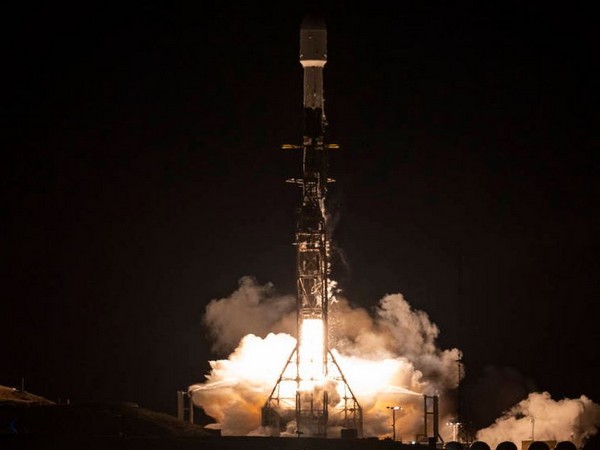
Washington: The US National Aeronautics and Space Administration (NASA) on Friday launched the newest Earth science satellite to track nearly all the water on Earth's surface.
"A satellite built for NASA and the French space agency Centre National d'Etudes Spatiales (CNES) to observe nearly all the water on our planet's surface lifted off on its way to low-Earth orbit at 3:46 a.m. PST on Friday," the US space agency said in a statement. The Surface Water and Ocean Topography (SWOT) spacecraft was launched atop a SpaceX rocket from Space Launch Complex 4E at Vandenberg Space Force Base in California with a prime mission of three years.
According to NASA's statement, the satellite will measure the height of water in freshwater bodies and the ocean on more than 90 per cent of Earth's surface. This information will provide insights into how the ocean influences climate change; how a warming world affects lakes, rivers, and reservoirs; and how communities can better prepare for disasters, such as floods.
After SWOT separated from the second stage of a SpaceX Falcon 9 rocket, ground controllers successfully acquired the satellite's signal. Initial telemetry reports showed the spacecraft in good health. SWOT will now undergo a series of checks and calibrations before it starts collecting science data in about six months.
"Warming seas, extreme weather, more severe wildfires - these are only some of the consequences humanity is facing due to climate change," said NASA Administrator Bill Nelson. "The climate crisis requires an all-hands-on-deck approach, and SWOT is the realization of a long-standing international partnership that will ultimately better equip communities so that they can face these challenges."
According to NASA, SWOT will cover the entire Earth's surface between 78 degrees south and 78 degrees north latitude at least once every 21 days, sending back about one terabyte of unprocessed data per day.
"The scientific heart of the spacecraft is an innovative instrument called the Ka-band radar interferometer (KaRIn), which marks a major technological advance. KaRIn bounces radar pulses off the water's surface and receives the return signal using two antennas on either side of the spacecraft," the space agency added.
Karen St. Germain, NASA Earth Science Division director, they are eager to see SWOT in action. "This satellite embodies how we are improving life on Earth through science and technological innovations. The data that innovation will provide is essential to better understanding how Earth's air, water, and ecosystems interact - and how people can thrive on our changing planet."
Among the many benefits the SWOT mission will provide is a significantly clearer picture of Earth's freshwater bodies. It will provide data on more than 95 per cent of the world's lakes larger than 15 acres (62,500 square meters) and rivers wider than 330 feet (100 meters) across. Currently, freshwater researchers have reliable measurements for only a few thousand lakes around the world.
NASA's statement said that SWOT will push that number into the millions.
Along the coast, SWOT will provide information on sea level, filling in observational gaps in areas that don't have tide gauges or other instruments that measure sea surface height. Over time, that data can help researchers better track sea level rise, which will directly impact communities and coastal ecosystems.
"This mission marks the continuity of 30 years of collaboration between NASA and CNES in altimetry," said Caroline Laurent, CNES Orbital Systems and Applications director. "It shows how international collaboration can be achieved through a breakthrough mission that will help us better understand climate change and its effects around the world."
According to NASA, SWOT measurements will also help researchers, policymakers, and resource managers better assess and plan for things, including floods and droughts. By providing information on where the water is - where it's coming from and where it's going - researchers can improve flood projections for rivers and monitor drought effects on lakes and reservoirs.